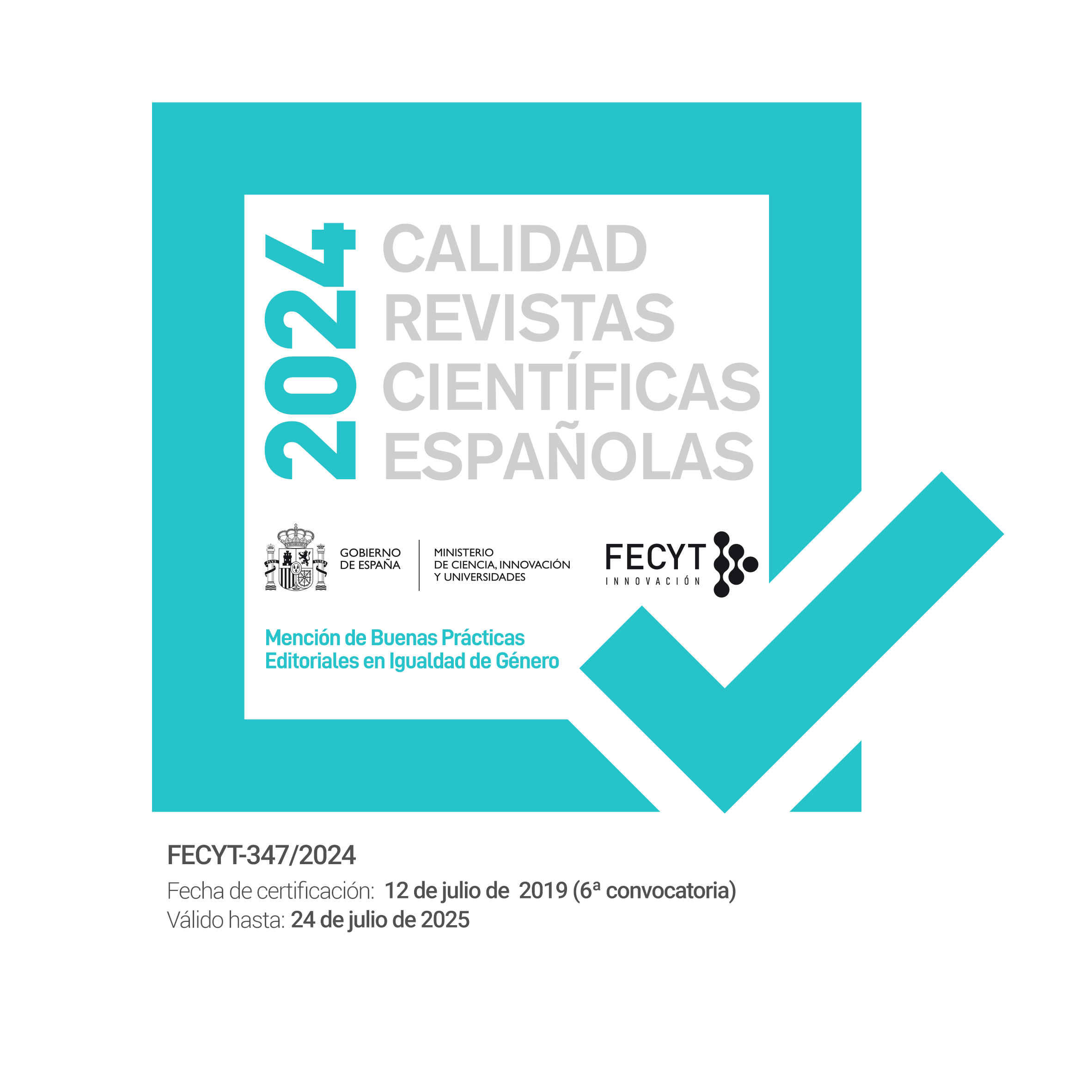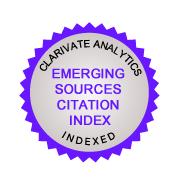Nuevas aportaciones a la Juno de Alonso Cano : su procedencia y reinterpretación en la obra de Juan Antonio de Frías y Escalante
DOI:
https://doi.org/10.5944/etfvii.18-19.2005.1502Keywords:
Alonso Cano, Juan Antonio de Frías y Escalante, Margarita Cajés, José Cisneros, Museo de Bellas Artes de Asturias, Oviedo, Madrid, Granada,Abstract
El presente artículo viene a demostrar como la Juno de Alonso Cano perteneció primero a la colección de Margarita Cajés, hija del pintor madrileño Eugenio, y posteriormente a su viudo, Don José de Cisneros, y cómo tras su muerte fue adquirida en pública almoneda (1665) por el pintor cordobés Juan Antonio de Frías y Escalante (1633-1669). Asimismo, el pintor cordobés transcribió con innegable fidelidad el modelo de la Juno en su San José con el Niño, San Juanito, y dos ángeles, del Museo de Bellas Artes de Asturias, Oviedo.
This article sheds new light on the provenance of the famous painting by Alonso Cano representing the roman goddess Juno, that once belonged to the collection of Margarita Cajés. Futher research shows that it is the same work purchased in 1665 by the Spanish painter Juan Antonio de Frías y Escalante (1633- 1669). In fact, the young painter has faithfully transformed the enigmatic goddess into a new composition representing Saint Joseph and the Christ child, now at the Museo de Bellas Artes de Asturias, in Oviedo.
Downloads
Downloads
Published
How to Cite
Issue
Section
License
Authors who publish in this journal agree to the following terms:
- Authors retain copyright and grant the journal right of the first publication with the work simultaneously licensed under a license Creative Commons Reconocimiento-NoComercial 4.0 Internacional that allows others to share the work with an acknowledgement of the work's authorship and initial publication in this journal.

- Authors are able to enter into separate, additional contractual arrangements for the non-exclusive distribution of the journal's published version of the work (e.g., post it to an institutional repository or publish it in a book), with an acknowledgement of its initial publication in this journal.
- Authors are permitted and encouraged to post their work online (e.g., in institutional repositories or on their website) prior to and during the submission process, as it can lead to productive exchanges, as well as to earlier and greater citation of the published work (See The Effect of Open Access).








